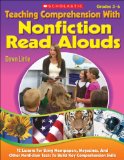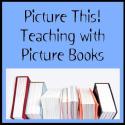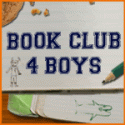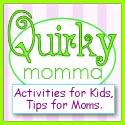On Tuesday, I had the pleasure of interviewing Pam Allyn here on Literacy Toolbox. In that Q&A session, she shared her professional insight into what has influenced her work with boys, any misconceptions society has about boy readers and her advice to parents of boys. I’m delighted to have been able to read her new resource for educators, Pam Allyn’s Best Books for Boys: How to Engage Boys in Reading in Ways That Will Change Their Lives (Scholastic 2011) and review it here.
About the Book: In this resource, Allyn thoughtfully begins with the why. Why the focus on boys? It’s an age old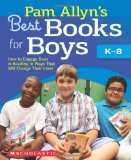 question at this point. How do we get boys to read as much as girls? Why is there a disparity between boys and girls in reading? In the second section, she provides the reader with 24 questions and answers related to reading and boys, such as: How can we make boys comfortable with reading? Does online reading count? How can I celebrate and affirm boys’ achievements in reading? Allyn ends with an extensive annotated list of books that boys may enjoy. She explains a coding system – labeling books with E-for Emergent Readers, D – for Developing Readers, and M – for Maturing Readers – that has more to do with a boy’s emotional development rather than his chronological age. Books are listed by genre – genres that boys typically like.
question at this point. How do we get boys to read as much as girls? Why is there a disparity between boys and girls in reading? In the second section, she provides the reader with 24 questions and answers related to reading and boys, such as: How can we make boys comfortable with reading? Does online reading count? How can I celebrate and affirm boys’ achievements in reading? Allyn ends with an extensive annotated list of books that boys may enjoy. She explains a coding system – labeling books with E-for Emergent Readers, D – for Developing Readers, and M – for Maturing Readers – that has more to do with a boy’s emotional development rather than his chronological age. Books are listed by genre – genres that boys typically like.
My Thoughts: This is a fantastic resource for any educator who is interested in motivating boys to read. It’s an easy read and provides thoughtful, ready to implement ideas to motivate boys to read in the classroom. And, while it’s technically a resource for educators, I think parents can certainly glean useful information from this resource as well, in terms of ways to encourage reading in boys. The language is not written in “educator vocabulary,” but instead, is rather parent friendly. If you have sons or are a teacher of boys, I highly recommend you read Pam Allyn’s Best Books for Boys: How to Engage Boys in Reading in Ways That Will Change Their Lives!
About the Author: Pam Allyn is the Executive Director of LitWorld. She is also the Executive Director of LitLife, a nationwide education professional development consultancy. Pam has written several books for teachers including the curriculum development guide entitled “The Complete 4 for Literacy” (Scholastic 2007) and one for parents, caregivers and educators entitled “What to Read When” (Penguin 2009).
Disclosure: I received a copy of the book from the publisher.
©2011 by Dawn Little for Literacy Toolbox. All Amazon links are affiliate links and may result in my receiving a small commission. This is at no additional cost to you.










